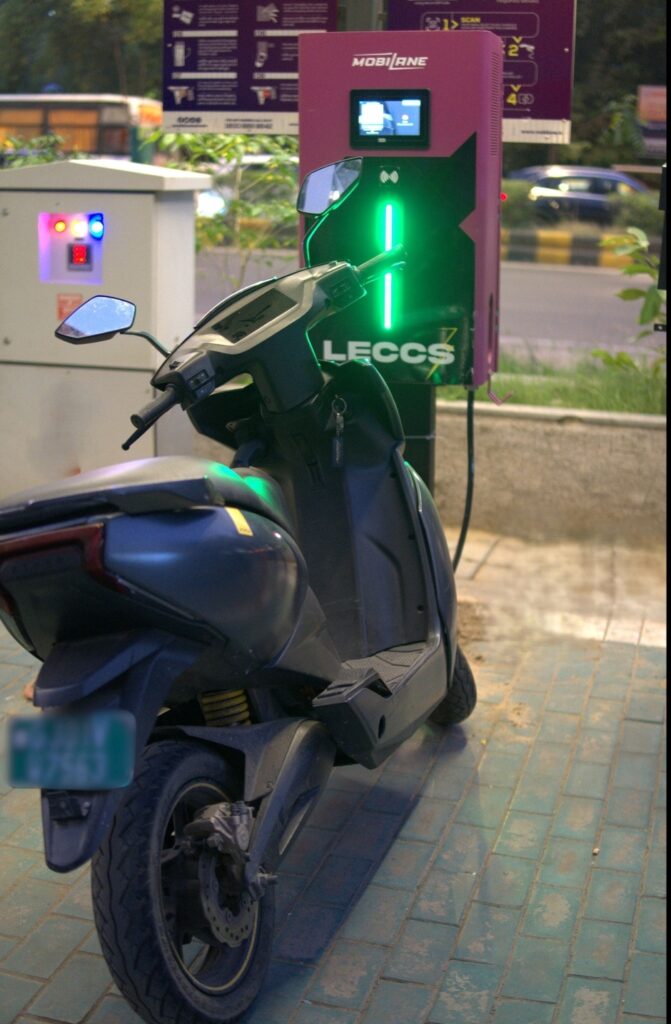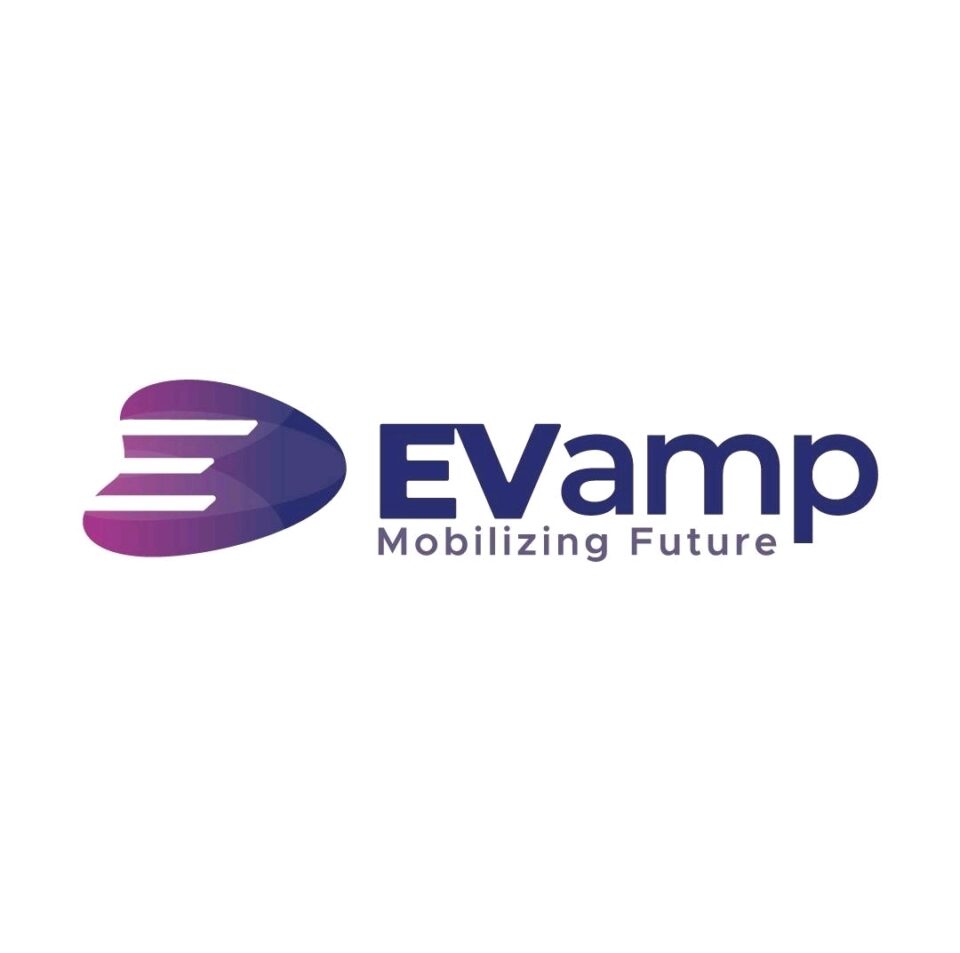Powering Confidence: How EVamp’s LECCS Redefines Customer Experience in India’s EV Revolution
It’s a weekday morning in Mumbai. A delivery executive rolls his e-scooter to a public charger—only to find it incompatible with his vehicle. Minutes turn into frustration, and the “clean commute” dream feels far from effortless. Multiply that by thousands across India’s two- and three-wheeler ecosystem, and you have one of the most pressing CX and EX challenges in the electric mobility landscape: non-standardized, unreliable charging infrastructure.
This is where EVamp Technologies enters the conversation—not just as a hardware innovator but as a customer experience enabler in India’s EV journey. Their newly launched Light Electric Combined Charging System (LECCS) chargers mark a decisive move toward interoperability, addressing two core anxieties that define the EV ownership experience: compatibility and confidence.
Breaking the Barrier of Range Anxiety
For India’s EV customers—especially two- and three-wheeler users—charging availability isn’t merely a function of convenience. It directly shapes emotional commitment to sustainable transport.
According to a 2025 EV adoption report by KPMG India, over 60% of potential EV buyers cited range anxiety and incompatible charging formats as primary adoption barriers. In real-world terms, that means customers still hesitate to rely on electric transportation for daily operations or logistics, fearing stranded downtime.
EVamp’s LECCS chargers target this gap head-on. By offering output support from 30–120 V DC and current delivery up to 100A, they cover practically every 2W and 3W EV in the Indian market. The result? Owners no longer need to wonder if their model will “fit” a station—confidence becomes standardized.
“Interoperability and accessibility are two sides of the same trust equation,” explains Devansh Shah, Founder of EVamp Technologies. “If users feel uncertain about where and how to charge, the customer experience collapses long before performance becomes relevant.”
Why Interoperability is the New CX Currency
In customer experience language, interoperability isn’t just an engineering achievement—it’s experience equity. When systems talk to each other seamlessly, users reward brands with loyalty and advocacy.
EVamp’s indigenous design and manufacturing focus ensures localized adaptability, a crucial differentiator in diverse Indian conditions. From voltage fluctuations in Tier-2 cities to high motor rotations in dense metros, every reliability challenge is a potential friction point.
That’s why over a year of rigorous field testing under varying Indian climates has validated LECCS’s consistency. This isn’t about product durability alone—it’s a brand promise that functions as experience assurance.
By developing the chargers fully in India, EVamp also cultivates an “Indian reliability narrative,” blending national manufacturing pride with customer trust—an emotional differentiator often overlooked in high-tech pursuits.
Collaboration as a CX Multiplier
Real transformation often happens when industry collaboration meets customer-centric problem-solving. EVamp’s partnership with Ather Energy demonstrates this alignment clearly.
“LECCS was created to solve interoperability,” said Aravind Prasad, Head of Charging Infrastructure at Ather Energy. “It ensures any vehicle can charge seamlessly at any compatible station. This isn’t just a technological protocol—it’s confidence translated into customer experience.”
From a CX perspective, this marks a vital shift. Instead of competing for proprietary advantages, brands are now competing for frictionless experiences. Standards like LECCS simplify decision paths, reduce post-purchase confusion, and create a unified brand narrative of accessibility.
The collaboration also signals an inclusive EX (Employee Experience) advancement. Engineers, designers, and network operators are now aligned around common protocols, reducing coordination complexities. This leads to fewer support escalations, faster service resolutions, and better employee morale—a rare internal win that amplifies external satisfaction.
Designing Customer Trust into the EV Experience
EV charging may sound like an infrastructure challenge, but its success ultimately hinges on experience orchestration. Every touchpoint—app interface, charger reliability, pricing transparency, or physical accessibility—defines how customers feel about their mobility journey.
EVamp’s LECCS rollout strategy is a masterclass in experience design:
- Phased Deployment: By focusing on Western, Southern, and Northern India first, the company targets regions with strong EV momentum and high customer visibility.
- Dual Channel Distribution: Integrating both in-house sales and CPO collaborations ensures consistent after-sales service and accountability.
- Reliability as Marketing: By making lab-tested reliability a narrative pillar, EVamp positions trust as its strongest brand differentiator.
This “build once, serve all” design ethos directly translates to user satisfaction metrics. When customers stop worrying about compatibility and failures, they start associating the brand with peace of mind—a fundamental CX victory.
CX Data Insight: The Role of Performance Consistency
In mobility ecosystems, experience predictability shapes adoption curves more than speed or range. According to Bain & Company’s 2024 customer loyalty report, reliability and problem resolution together account for over 70% of perceived EV ownership satisfaction.
EVamp’s approach—combining 3.2 kW, 6.4 kW, and 10 kW configurations—directly addresses this perception gap. The range allows various fleet profiles to find their sweet spot: lower wattage for home or community charging and higher wattage for commercial load-outs.
In customer analytics terms, that’s segment-synchronized CX design—where products mirror different experience expectations across market tiers. It’s the same playbook followed successfully by smartphone and fintech enterprises that localized performance features based on use intensity.
From Infrastructure to Experience Ecosystem
EVamp isn’t just building chargers—it’s building EV experience ecosystems. By integrating hardware and software capabilities, it supports both asset performance and user interaction.
Its proprietary management systems for monitoring uptime and energy throughput allow Charge Point Operators (CPOs) to maintain predictive service schedules, ensuring minimal downtime. From a CX leader’s lens, this undetectable reliability matters. Users rarely notice when something works flawlessly—but they remember every failure vividly.
The complementary software side creates real-time visibility into charger performance, which enhances transparency and user trust. For example:
- Customers can view live availability and queue times.
- Operators receive predictive maintenance alerts.
- Businesses gain usage analytics for ROI clarity.
When EVs transition from being “early adopter tech” to “mainstream utility,” this data-driven reliability loop becomes the ultimate differentiator between adoption and abandonment.

The Human Side of EV Experience
CX and EX converge most powerfully when employees feel empowered to uphold the brand promise every day. EVamp’s “end-to-end capabilities” model—covering design to deployment—means teams control every phase of innovation, quality, and service readiness.
Gunjan Mehta, Co-founder of EVamp, emphasized this alignment:
“By building AC and LEV DC chargers locally, we’re ensuring access to reliable, cost-effective, and future-ready solutions. Our rollouts will form the backbone of two- and three-wheeler electrification.”
For front-line service teams, that translates to fewer guesswork scenarios, well-documented maintenance protocols, and measurable confidence in the products they represent. Experience excellence begins when employees know they’re equipped to deliver on the customer promise.
Lessons for CX Leaders Across Industries
EVamp’s journey underscores several strategic takeaways for CX and EX professionals navigating digitally enabled landscapes:
- Standardization Equals Trust: When customers don’t face compatibility hassles, satisfaction scales naturally.
- Reliability is Experience: Predictability, not novelty, fosters long-term engagement.
- Local Manufacturing Enhances Emotional Equity: Indigenously built solutions anchor national pride and customer empathy simultaneously.
- Collaboration > Competition: Shared protocols drive ecosystem value larger than individual brand layers.
- Employee Empowerment Fuels Customer Advocacy: Consistent EX investment sustains authentic CX delivery.
Accelerating Toward a Confident EV Future
India’s EV transition depends not just on cleaner energy or government incentives but on how confident customers feel during every kilometer of their journey. EVamp’s indigenously developed LECCS chargers mark a step toward that psychological and experiential comfort—where sustainability meets seamlessness.
As the company scales across Western, Southern, and Northern India in 2025, one thing becomes clear:
the future of electric mobility isn’t just electric—it’s experience-driven.
When interoperability becomes universal and reliability becomes invisible, customer experience isn’t simply improved; it becomes effortless—and that’s how revolutions sustain themselves.

